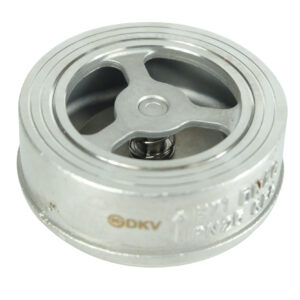
What Is a Check Valve and How Does It Work?
What Is a Check Valve and How Does It Work? Introduction — Why Check Valves Matter in Industrial Systems In every pipeline system, fluid needs
In industrial fluid control systems, selecting the right type of valve can significantly affect operational efficiency, maintenance costs, and safety.
Both butterfly valves and gate valves are widely used for on/off and throttling applications, but they differ fundamentally in design, operation, and suitability for certain conditions.
This article explores why engineers and procurement managers might prefer a butterfly valve over a gate valve, focusing on performance, installation, maintenance, and long-term project considerations.
A gate valve is a linear motion valve that uses a flat or wedge-shaped gate to control flow.
The gate moves perpendicular to the pipeline, providing full open or full close functionality.
Gate valves are typically used in applications requiring minimal pressure drop when fully open.
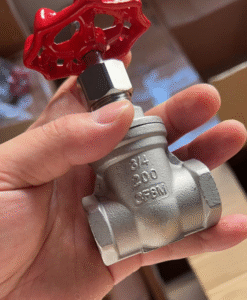
A butterfly valve uses a rotating disc positioned at the center of the pipe.
The disc rotates 90 degrees to allow flow or create a seal. Butterfly valves are compact, lightweight, and offer quick operation with a quarter-turn motion.
They are widely adopted in industries where space, cost, and maintenance efficiency are critical.
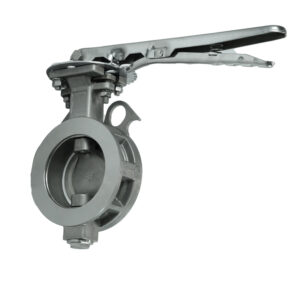
Procurement tip: When deciding between these two valves, consider flow control needs, system size, and maintenance capabilities.
The gate valve’s wedge-shaped gate moves vertically to block or allow fluid flow.
Its full-bore design provides minimal pressure drop when open, but the valve requires substantial space for the gate’s vertical travel and more time to operate.
Butterfly valves, by contrast, feature a central disc connected to a stem. Rotating the stem 90 degrees swings the disc from closed to open.
The streamlined design offers several advantages:
Engineer’s note: Consider disc alignment, seal material, and eccentricity type (concentric, double-eccentric, or triple-eccentric) to optimize sealing performance.
Reminder: Gate valves are still preferred for full-bore, high-pressure pipelines where minimal flow restriction is critical.
Butterfly valves offer a combination of compact size, fast operation, and low maintenance, making them an excellent choice in many industrial systems.
While gate valves still serve specific high-pressure or full-bore applications, butterfly valves provide engineers and procurement managers with efficient and cost-effective solutions for modern projects.
📩 Contact DKV Valve today to request datasheets, pricing, or customized valve solutions backed by over 40 years of industrial valve expertise.

What Is a Check Valve and How Does It Work? Introduction — Why Check Valves Matter in Industrial Systems In every pipeline system, fluid needs
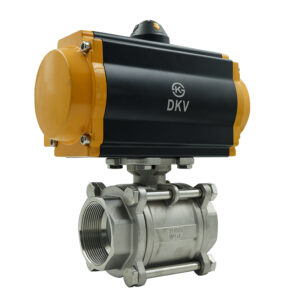
What Is a Pneumatic Valve ? In modern industries, the performance of a valve often determines the efficiency, reliability, and safety of a process system.Pneumatic
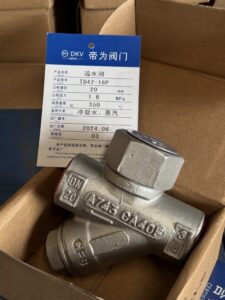
What Is a Steam Trap & How Does It Work? Introduction — The Hidden Hero in Steam Systems In every industrial steam system — whether

Why Use a Globe Valve Instead of a Gate Valve? A Practical Guide for Engineers & Procurement Managers Introduction — Making the Right Valve Choice

What Is the Main Advantage of a Butterfly Valve? Introduction — why this question matters When you plan an industrial piping system, valve selection affects

Electric Valves: Comprehensive Guide for Industrial Applications In modern industrial automation, electric valves play a critical role in regulating fluid flow with precision and reliability.
Poly Center T41601, Le Cong Town, Shunde District, Foshan City, Guangdong Province, China
We will contact you within 1 working day, please pay attention to the email with the suffix “@dkvchina.com”.
We will contact you within 1 working day, please pay attention to the email with the suffix “dkvchina.com”.